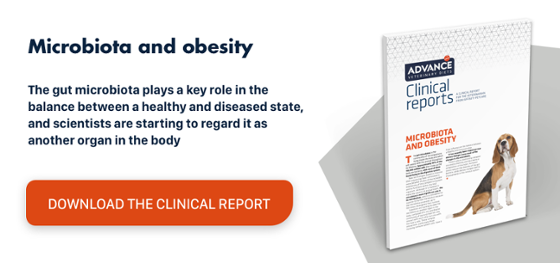Sequelae of canine parvovirus
Parvoviruses are single-stranded DNA viruses responsible for causing disease in various mammalian species. They require host cells for their development, only attacking those cells that develop and replicate rapidly, such as intestinal crypt cells, haematopoietic precursor cells in bone marrow and cardiomyocytes.1
Parvoviruses are single-stranded DNA viruses responsible for causing disease in various mammalian species. They require host cells for their development, only attacking those cells that develop and replicate rapidly, such as intestinal crypt cells, haematopoietic precursor cells in bone marrow and cardiomyocytes.1
Parvovirus was first isolated in 1967 as a cause of respiratory and gastrointestinal disease and named canine parvovirus type 1. In later outbreaks, specifically in 1978, the causative agent was found to be a new species of parvovirus termed parvovirus type 2.
Parvovirus infection primarily causes acute enteritis. The initial clinical signs are nonspecific and include anorexia, asthenia, lethargy and fever. This is followed by vomiting and diarrhoea, which may contain mucus or even blood.
Patients can develop dehydration secondary to the diarrhoea and even hypovolaemic shock. This stage of the disease is often associated with severe abdominal pain. Intestinal involvement increases the risk of bacteraemia translocation and secondary sepsis caused by bacteria from the gastrointestinal tract.
Other clinical presentations of parvovirus are rare and include myocarditis with secondary heart failure and haematological conditions, such as anaemia and thrombocytopaenia with abnormal bleeding.
The diagnosis is based on clinical findings and the presence of virus antigen in faeces. Once diagnosed, patients should be given supportive treatment, with severe cases requiring hospitalisation to treat significant dehydration and the high rate of secondary infections (either because of bacterial translocation or immunosuppression secondary to infection).
Most cases resolve without major sequelae, and the only severe sequelae involve cases of severe myocardial compromise with secondary heart failure. Most sequelae are transient and require special attention during convalescence:
- Due to the infection, and because intestinal involvement can sometimes give rise to protein-losing enteropathy, most dogs suffer significant muscle and subcutaneous tissue loss.
- Patients tend to have residual asthenia and anorexia which usually resolve progressively.
Thus, of the (mostly transient) sequelae described above, we can conclude that dogs need to receive all the help they can to rebuild and improve their immune system both during the acute infection and the period of convalescence period. Nutrition has a special and essential influence on this factor. Products designed to improve the immune system are an excellent way to help rebuild it.
Finally, the best treatment for canine parvovirus is prevention, so vaccinations should be encouraged among dog owners.
1-Lamm CG, Rezabek GB. Parvovirus infection in domestic companion animals. Vet Clin North Am Small Anim Pract 2008;38(4):83750.
RELATED POSTS:

